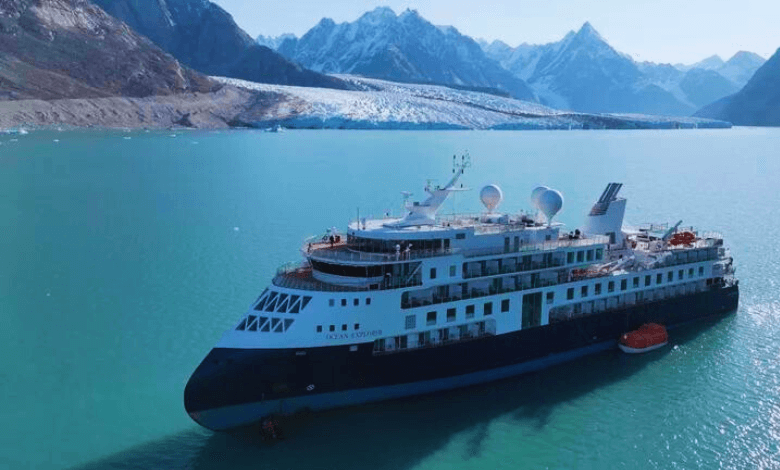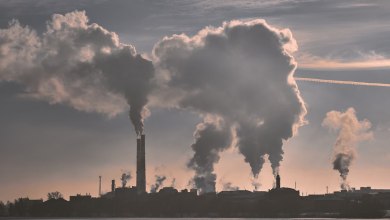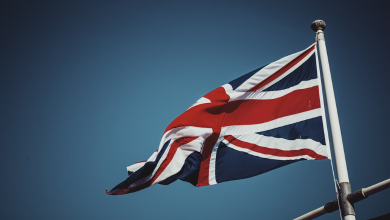‘Wind Is Free Fuel’ – Exploring Shipping Industry’s Push To Slash Emissions

The worldwide shipping industry is responsible for about 3% of the greenhouse gases that are dangerously heating the planet and triggering deadly extreme weather events.
That translates into about 1 billion metric tonnes of carbon dioxide and other gases annually, a number that is rising as international trade picks up speed.
However, more ships are now running on wind power, as the global industry seeks to decarbonise. After all, “wind is free fuel”, according to Jan Dieleman.
Wind-Assisted Voyages Could Cut Fuel Usage By 30%
Dieleman is the president of Cargill Ocean Transportation, which charters about 700 ships. Cargill chartered the Pyxis Ocean that concluded its wind-assisted voyage from China to Brazil.
The vessel sailed with two wings that turned to capture the wind and folded down when not in use. The wings’ weight is a small proportion of the vessel’s carrying potential of 82,000 tonnes.
The ship docked in Brazil last week. Each sail can cut fuel usage by 1.5 tonnes per day, or 4.65 fewer tonnes of carbon dioxide emissions, and decrease fuel usage by 30%.
Wind-powered Vessels Still Need A Backup Fuel
Meanwhile, the French company Airseas has developed a different design, the outsize kite. It is deployed to slice nearly 1,000 feet into the sky, where winds blow strong.
The design could slash fuel usage by up to 40% on some routes, said Vincent Bernatets, the chief executive and co-founder of Airseas, adding a Japanese ship company has ordered 5 sails.
While wind-powered vessels still need a backup fuel to navigate harbours or to function when the air is still, the idea could substantially cut our reliance on fossil fuels.
World Must Stop Adding Emissions From Shipping By 2050
According to Gavin Allwright, the secretary general of the International Windship Association, of a worldwide fleet of about 60,000 cargo ships, roughly 30 are wind-assisted.
However, he noted that as many as 10,700 merchant ships could use wind propulsion by the end of the decade. He believes the industry is increasingly going to adopt the change.
Nearly, all countries have agreed to stop adding emissions from shipping by 2050, an ambitious target that depends greatly on zero-carbon fuels, such as ammonia. But cost remains a concern.
Reducing Underwater Noise And Threats To Whales
Researchers believe a blend of wind propulsion, new fuels and reduced speeds could cut shipping emissions by up to 47% by 2030.
ALSO READ : UNICEF Links 43 Million Child Displacements To Extreme Weather.
Slowing down could also reduce underwater noise and threats to whales. An estimated 20,000 whales are killed each year by ships, according to Friend of the Sea.
Estimates for adding wind propulsion range from several hundred thousand dollars to more than a million dollars. And the payback period could start from three years.



